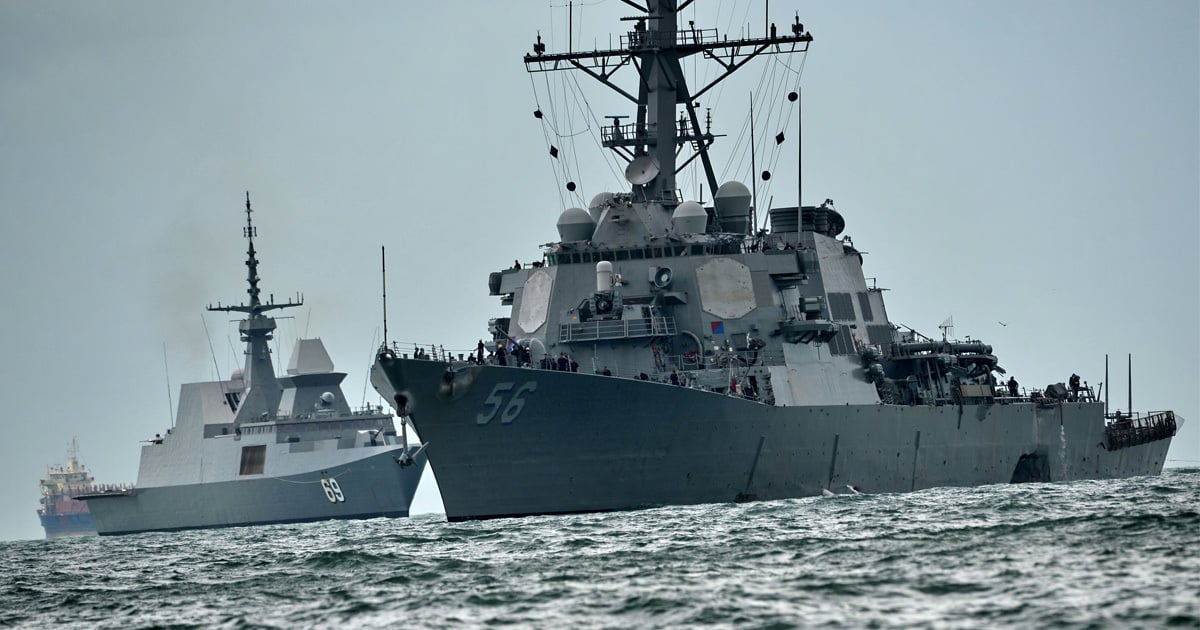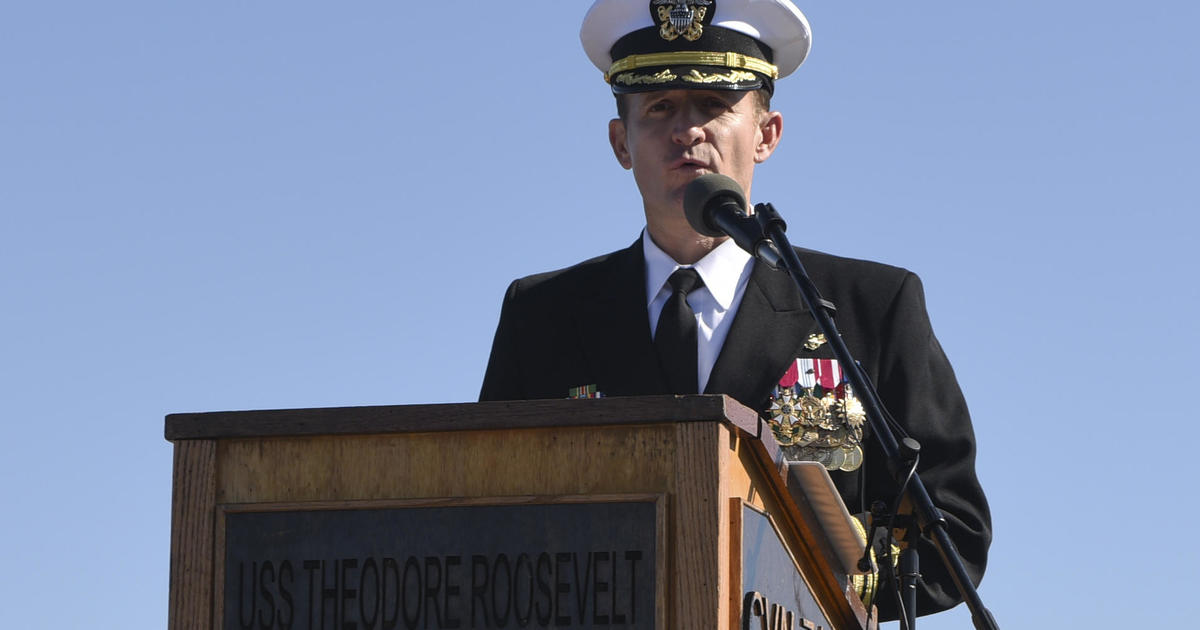This isn’t a new problem. This has been reality for a long time and the solution will continue to be innovative practices and ideas that look good on paper and turn the right boxes in the readiness tracker or whatever green.
Manpower is a fixed cost. So are ships. But remember, the “355 ship Navy” isn’t happening until the 2050s. The money for that fleet has to come from somewhere.
This kills two birds with one stone. Save the fixed operating cost of x amount of ships for y amount of years (good stewards of the taxpayers’ dollars), more personnel means more people to do upkeep and maintenance, and the increased duty section lessens covid exposure out in town while increasing your DC capability onboard (good stewards of the taxpayers’ assets).
I think I’m going to put myself in for a comm.
We already have ships which are long overdue for maintenance and maintenance availabilities which have been shortened. This has been going on for a long time. Upping the OPTEMPO and keeping ships at sea for even longer periods of time will mean that even more maintenance is missed. To keep things UNCLASS and out of the FOUO territory, we need to reduce OPTEMPO and focus on getting ships fixed. We've built up a debt in material readiness that we will have to pay at some point and the last thing we can afford is having ships decommissioned early because we ran them too hard and didn't give them enough time for upkeep.
You don't have to do any of that.
Lessons identified but not learned from Miami:
1) Train civilians to expend a full CO2 extinguisher before evacuating. Even if that doesn't put out the fire, it buys valuable time.
2) Fork over the thousands of dollars it takes to rig a temp inert gas suppression system to save the potential loss of billions and a national asset.
3) You need some kind of rapid portable breathing system to substitute for taking down EABs.
Anyone who thinks this problem can be saved by 'moar watchstanders' hasn't been on a ship lately. The amount of people you're going to need to pass the 95% CI, let alone 99%, of finding and putting out the fire before the space gets smoked out (2 min) is infeasible. Plus most if not all of the ship's DC gear is inoperable. We need better mitigations for that (1 and 2 above), not throwing sailors at the problem.
1. Ordering civilians to do anything requires contracts and usually money. Telling civilians that they need to remain in the space for any length of time requires the contractor to assume risk to their personnel which means more money in the contract. You would also have to specify that training in the contract, which means more money.
2. Inert gas suppression systems are not always easy or ideal. We have Halon in our engineering spaces and tag them out regularly when we do maintenance. Again, you would have to either have ship's force down there ready to activate it or train and require civilians to do it. See my comments for contracting in regards to civilians.
3. We have emergency air canisters in each engineering space called EEBDs. These are designed as escape air, not firefighting air. If you expect civilians to do firefighting, see my comments about contracting once again.
His take isn't bad because of the impact to losing the ship. His take is bad because he is attributing the cause to poor warfare readiness when no facts have been released about the cause of the fire. For all we know it could be another case of arson. It could be someone doing hotwork carelessly. It could be something otherwise only imaginable.
This wasn't a full crew operating at sea taking fire while battlestations was manned. This was a Sunday duty section during a maintenance upkeep. The decision to tag out all the DC gear simultaneously was most likely made outside the hull by people more interested in meeting the upkeep deadlines than safety of ship. The CO could have tried to bark (and maybe he did), but would have been told to shut up and color, 'this is what we do'... Because it is what they do all the time.
Tagging firefighting systems out is common and needed when work is being done on those systems. Firefighting equipment (SCBAs, EEBDs, etc.) is also often removed from the ship during this period to both make room for yardbirds to do work and to accomplish any periodic maintenance on said equipment such as hydrostatic testing. Our stance is usually to keep as much of our firefighting capability online as possible but that decision is made between the RMC management staff, the ship's CO/XO, the ship's CHENG/DCO/DCA, NAVSEA technical warrant holders, and the contractors themselves. It is often not feasible to keep these systems online as they need to either be dismantled to get to places that need work or the systems themselves are being worked on (as they often do). There are also safety elements to consider, such as shutting off firemain pumps when there are divers below working on the hull.
Yeah he definitely took out his jump to conclusions mat.
However, let me list the problems with the stuff I bolded.
- A fire doesn’t care which day of the week it is.
- A fire doesn’t care which stage of its FRP or O-FRP or whatever it’s called cycle is.
- Tagging out ALL DC systems simultaneously is asinine and is further exacerbated by allowing it to happen on a weekend or with just the normal duty section and not more DC personnel.
- Even if the CO did bark like you said, WHO told him to shut up and color (and thus, who else shares some of the blame)?
This obviously isn’t all-encompassing. But those first three factors can’t be overlooked. And if an enthusiast on the internet can see the issues, imagine what sort of conclusions a bunch of really smart people can draw.
1 & 2. But we do and we accept an increased level of risk of fire and flooding in maintenance periods so that we can accomplish the much needed work that the ship needs. See my comments about the debt of maintenance work that the
ENTIRE fleet has.
3. This is common practice and is not asinine. It's a factor of life in the way the ship is built and what is being done during the availability.
4. This is a symbiotic decision made by all involved in the ship's maintenance (RMC personnel, contractors, ISIC, NAVSEA technical warrant holders, and ship's force). There is often much discussion and review of the work that must be accomplished before any decision is made.



